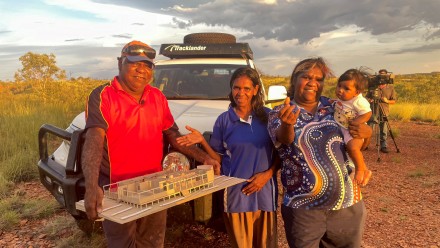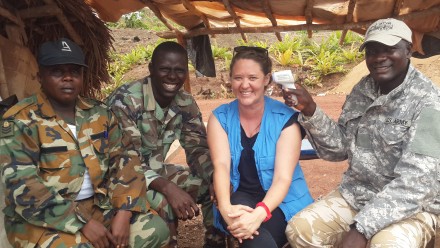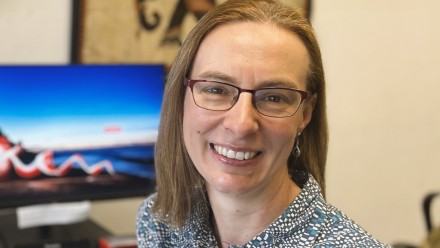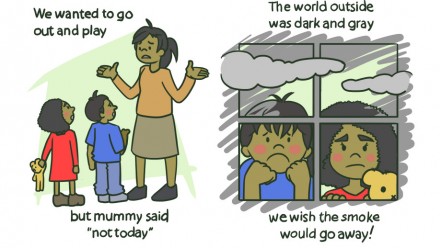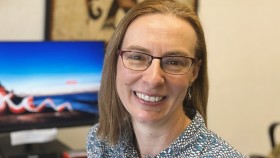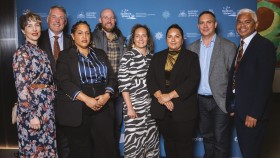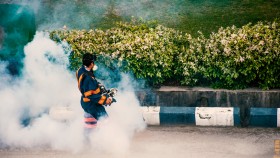Authors needed for bushfire smoke children’s book
Share
Parents, carers and educators of children aged six to 12 years are being asked to help produce a children's story book about bushfire smoke and health.
Researchers from The Australian National University (ANU) are calling on adults whose primary language is English, Turkish, Arabic or Persian to contribute to the book, so children can better understand bushfires.
"People who have experienced the last bushfire season with children have a story to tell. We want to hear it and shape it into a story we can share with everyone," Professor Sotiris Vardoulakis, from the ANU Research School of Population Health, said.
"Last summer was a whole new world for children. Parents may have been stressed, people were wearing face masks and young people couldn't go out to play. All those changes are difficult to internalise and digest.
"We want this book to be ready for the next summer season to help children cope better with these kinds of situations."
The project is calling for contributors on a voluntary basis. Interviews will take 10 to 15 minutes and can be done in person, by phone, or online via Skype or Zoom.
Researchers say they will be better able to develop materials and health messages after speaking with people who have experienced the "black summer".
"During the summer fires a lot of narrative and visual information was made available for the general adult population. This included health messages and environmental data related to the extreme smoke haze that blanketed ACT, NSW and Victoria over several weeks," Professor Vardoulakis said.
"In contrast, there was very little information specifically tailored for young children, immigrants, refugees, and other vulnerable groups, which were exposed to the smoke and had to alter their daily behaviour to protect their health."
Ms Nicola Palfrey, Director of the Australian Child and Adolescent Trauma, Loss and Grief Network, said the story book will be a chance for children to discuss what they have been through.
"The end result will be an accessible story book about smoke exposure, which parents or caregivers can read with their kids to talk about these things," Ms Palfrey said.
"We are often asked how to talk to children about traumatic events. This story book will be a great mechanism for families to start a conversation."
The story will be a picture book and researchers will also consider artistic contributions.
"To make a useful book, it is important to get the visuals and the story right. This is why we need help from educators and parents, who know these kids best," Dr Erin Walsh, from the ANU Research School of Population Health, said.
The researchers are hoping to service vulnerable groups and are pooling resources and expertise from across the ANU campus, including the ANU Centre for Arab and Islamic Studies, ANU Medical School, ANU National Centre for Epidemiology and Population Health, and the ANU Population Health Exchange.
Associate Professor Karima Laachir, Director of the ANU Centre for Arab and Islamic Studies, said: "The children's story book project on bushfire smoke will be inclusive of Australia's multicultural society and sensitive to the needs of various multilingual communities around the country. It will appeal to children and parents from diverse backgrounds."
For more information, you can visit the project website or read the participant information sheet: https://rsph.anu.edu.au/phxchange/communicating-science/bushfire-smoke-childrens-book.
https://rsph.anu.edu.au/files/Bushfire_CB_exploratory_PIS_english.pdf





